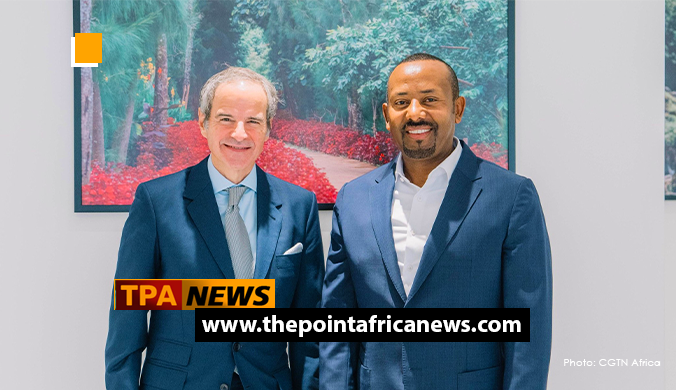
The International Atomic Energy Agency (IAEA) is expanding its presence in Africa with two landmark engagements this week—first in Ethiopia, then in Rwanda—highlighting the continent’s growing reliance on nuclear science to strengthen public health and pursue clean energy innovation.
In Addis Ababa, Ethiopia hosted the 2025 edition of the “Rays of Hope” Forum on June 30 and July 1, where IAEA Director General Rafael Mariano Grossi met with Prime Minister Abiy Ahmed and African Union officials to discuss the rapid expansion of nuclear medicine and cancer care on the continent. Held at the AU headquarters, the forum brought together health ministers, donors, and technical experts from over 30 countries. During the visit, Grossi inaugurated new nuclear medicine facilities at Black Lion Hospital, equipped with SPECT/CT scanners and a modern linear accelerator, making it one of the leading radiotherapy centers in East Africa.
Grossi also announced a formal partnership between the IAEA and St. Jude Children’s Research Hospital to scale up pediatric cancer care in low- and middle-income countries, starting with several African pilot nations. Ethiopia’s participation in the Rays of Hope initiative, which now involves over 90 countries, is focused on addressing critical gaps in radiotherapy and diagnostics, particularly in underserved regions. The Director General reaffirmed the IAEA’s commitment to strengthening Ethiopia’s health infrastructure, food safety systems, veterinary capacity, and regulatory oversight.
Just one day after wrapping up in Ethiopia, Grossi traveled to Kigali, Rwanda, to open the first-ever Nuclear Energy Innovation Summit for Africa (NEISA), which began on July 1 and runs through July 2. Hosted by the Government of Rwanda, the summit positions the country at the forefront of Africa’s long-term nuclear energy plans. During his visit, Grossi held bilateral talks with President Paul Kagame and Prime Minister Edouard Ngirente to discuss Rwanda’s ambitions to deploy small modular reactors (SMRs) by the end of the decade.
Rwanda has invested significantly in nuclear research infrastructure, including the Center for Nuclear Science and Technology (CNST), and has signed multiple cooperation agreements to ensure its regulatory and technical readiness. In his keynote address, Grossi emphasized the critical role of SMRs in delivering clean, stable power for African economies struggling with climate-induced hydropower instability. The IAEA also launched its new SMR School program during the summit to support African countries pursuing next-generation nuclear solutions.
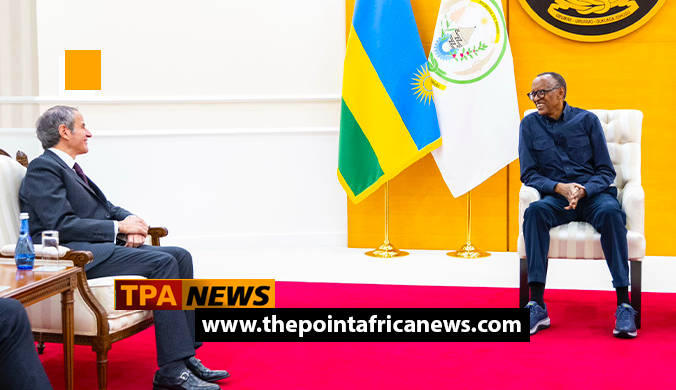
The back-to-back engagements signal a major pivot in Africa’s development strategy, as nations increasingly turn to nuclear technologies not just for power generation but for broader socio-economic transformation. Ethiopia and Rwanda—though focused on different aspects of nuclear science—are unified by a vision of sovereignty through science, economic resilience, and regional leadership.
In Ethiopia, the priority lies in strengthening health systems to reduce preventable cancer deaths and cut the cost of outbound medical tourism. Expanded nuclear medicine also supports workforce development and anchors the country’s ambitions to become a regional hub for biotechnology and health innovation.
Rwanda, on the other hand, is pursuing nuclear energy to meet growing electricity demands, support industrialization, and reduce reliance on fossil fuel imports and vulnerable hydro sources. The integration of nuclear power is a key component of its Vision 2050 agenda, which targets upper-middle-income status through technological advancement and sustainable infrastructure.
Both cases are deeply economy-driven. Nuclear health in Ethiopia reduces the importation of expensive treatments while training local professionals and building new career pipelines. In Rwanda, nuclear energy is viewed as essential for powering data centers, manufacturing, and high-tech exports. The common denominator is a commitment to long-term investment in human capital, scientific independence, and clean growth.
The IAEA’s presence in Addis Ababa and Kigali within a span of days is more than symbolic—it represents a deliberate partnership model aimed at helping African nations build and regulate their own nuclear systems. These efforts are already shaping new conversations about financing, workforce development, and south-south collaboration on the continent.
By: TPA News Desk | editor@thepointafricanews.com



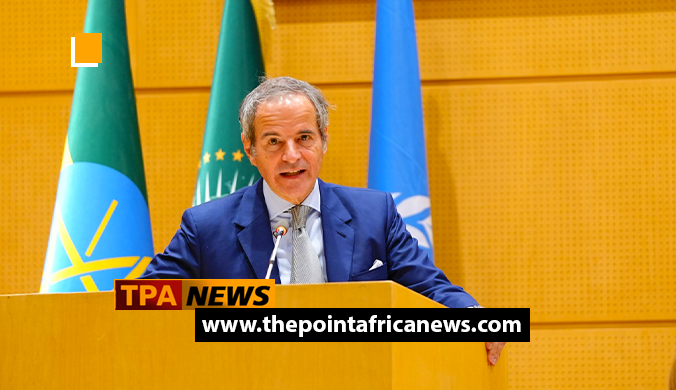

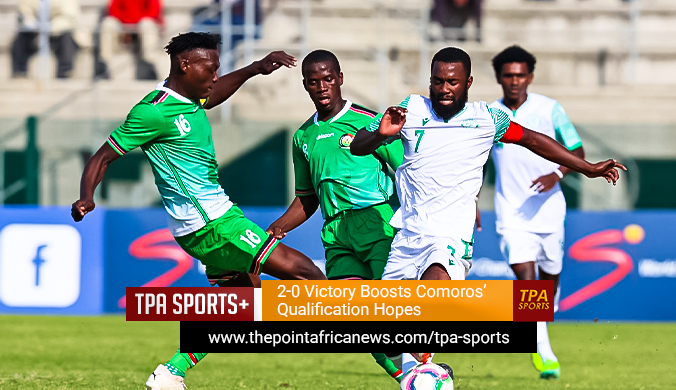
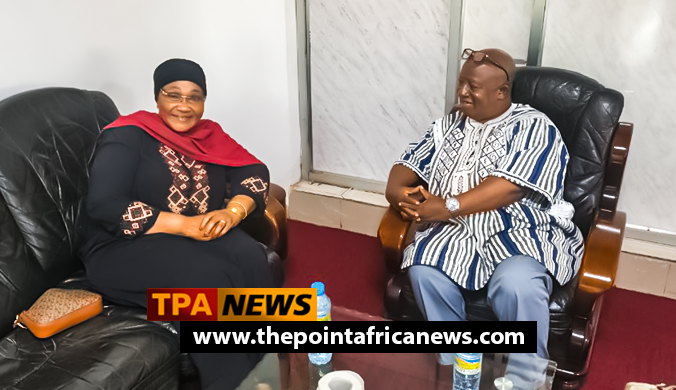
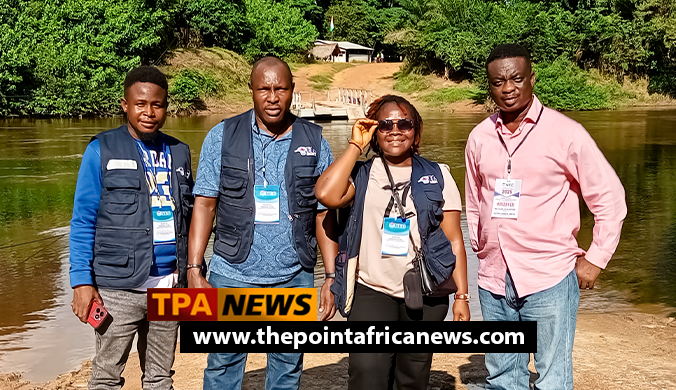
Leave a Reply